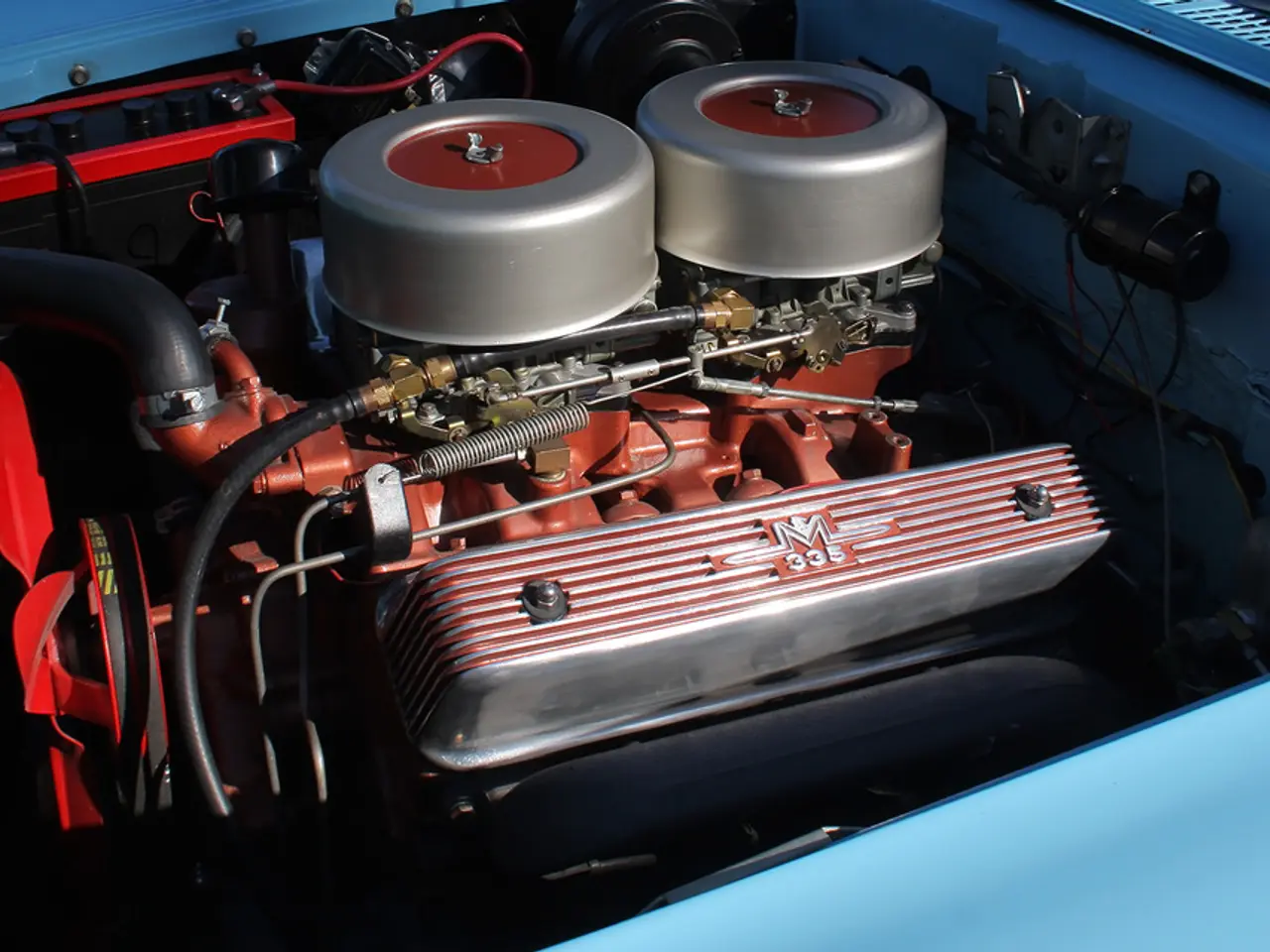Instructions for Maintaining and Fixing Forklifts for Maximum Lifespan
In the world of industrial operations, forklifts play a crucial role in productivity and efficiency. To ensure these machines perform optimally and have a long service life, a structured and consistent preventive maintenance program is essential.
The key to this program lies in creating a well-documented schedule with clear inspection intervals. This schedule should include daily, weekly, monthly, and usage-based inspections, focusing on critical areas such as lubrication, battery and hydraulic system care, brake and wear measurements, and performance testing.
A fixed inspection calendar is a vital component of this program. It schedules daily, weekly, and monthly checks, ensuring that potential issues are caught early and reactive repairs are minimised. Detailed checklists, tailored to specific forklift models, are another essential element. These checklists cover critical areas like battery load tests, fork wear measurement, lubrication points, hydraulic fluid and filter changes, brake system inspections, and performance tests.
Operator involvement and training are also crucial. Operators should be trained to perform basic daily checks and report faults immediately, helping prevent small issues from escalating. Comprehensive maintenance logs, including test results, component wear, and repairs done, are necessary to establish trends and ensure compliance with OSHA and regulatory standards, particularly for emissions or hydraulic fluid management.
Preventive lubrication and component servicing also play a significant role. Regular lubrication of grease fittings, brake adjustments, hydraulic fluid replacements, and seal replacements based on hours used prevent premature wear.
In today's digital age, implementing digital maintenance management systems (CMMS) can automate scheduling, track maintenance history, and monitor forklift condition and costs in real time. This reduces missed inspections and unplanned downtime. Maintaining a stock of critical spare parts also ensures quick repairs and reduces forklift downtime.
Load management and machine rotation are additional considerations. Avoid overloading forklifts beyond their rated capacity and rotate usage across machines to distribute wear evenly.
Neglecting forklift maintenance can lead to mechanical failures, expensive repairs, and workplace accidents. Most manufacturers provide a recommended maintenance schedule in the purchase documentation. Grinding or unresponsive brakes should lead to the machine being removed from service immediately. Many companies today invest in electric forklifts, which require regular battery maintenance.
Daily employee inspections of forklifts before use are necessary. Adhering to a consistent maintenance schedule reduces the risk of issues and ensures compliance with safety regulations. Having an established maintenance schedule ensures inspections aren't overlooked. Monitoring fluid levels and replacing filters as directed minimises the risk of engine or hydraulic system failure. Lubricating moving parts extends the equipment's lifespan by reducing friction and wear.
In summary, a comprehensive, well-documented, and operator-supported preventive maintenance schedule combined with modern digital tracking is the best approach to maximise the longevity of industrial forklifts.
The preventive maintenance program for forklifts in the manufacturing industry is reliant on a structured schedule that includes daily, weekly, monthly, and usage-based inspections, focusing on critical areas. This program also necessitates detailed checklists, tailored to specific forklift models, to cover battery load tests, fork wear measurement, lubrication points, hydraulic fluid and filter changes, brake system inspections, and performance tests.
In the world of finance, investing in digital maintenance management systems (CMMS) can lead to significant cost savings by automating scheduling, tracking maintenance history, and monitoring forklift condition and costs in real time, thereby reducing missed inspections and unplanned downtime.




